
Blue Ridge Parkway 2026 Travel Guide
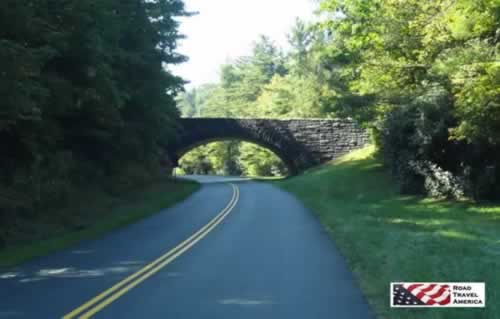 Driving on the Blue Ridge Parkway |
The Blue Ridge Parkway offers a slow-paced and relaxing drive revealing stunning long-range vistas and close-up views of the rugged mountains and pastoral landscapes of the Appalachian Highlands.
But many travelers often ask exactly "Where is the Blue Ridge Parkway?"
The Parkway meanders for 469 miles through Virginia and North Carolina, protecting a diversity of plants, ecosystems and wildlife, and offering endless outdoor recreational opportunities.
The north end of the Parkway begins near Waynesboro, at the southern end of the Skyline Drive.
Millions of visitors annually enjoy the natural beauty and diversity of the Parkway. Spanning the southern and central Appalachians, the Blue Ridge Parkway offers an exceptional glimpse of the regional flora and fauna.
Popular attractions in the park include Mount Mitchell, Linville Gorge, Whitewater Falls, Mabry Mill, Peaks of Otter, the Blue Ridge Music Center, the Linn Cove Viaduct and dozens of other things to do.
There is no entrance fee to drive the Parkway. The speed limit is typically 45 miles an hour, but lower in some areas, as the Parkway was designed for leisurely motoring. Commercial vehicles are not allowed on the Parkway.
Parking is limited to designed pullouts,, overlooks, access points and parking areas.
Mileposts are numbered north to south, from the Shenandoah National Park in Virginia to the Great Smoky Mountains National Park in North Carolina.
Spend a day, or more, and enjoy and explore the Blue Ridge Parkway. We have driven the entire length of the Parkway several times over the years ... it is a highly recommend road trip!
 |
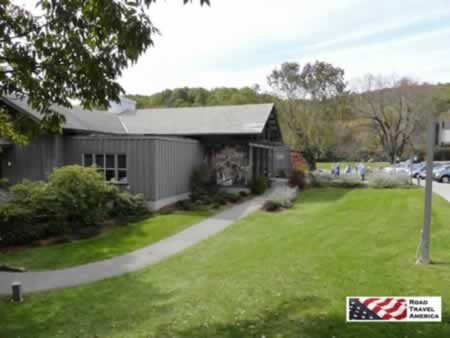 One of the many visitor centers along the Blue Ridge Parkway One of the many visitor centers along the Blue Ridge Parkway |
Accessing the Blue Ridge Parkway
This Blue Ridge Parkway features many convenient access points along its 469 miles route.
The Parkway connects Shenandoah National Park, near Waynesboro, VA (Milepost 0) with the Great Smoky Mountains National Park, near Cherokee, NC (Milepost 469).
There are entrances and exits at all major federal and state highways. Asheville and Boone, NC and Roanoke, VA are the largest cities along the way.
In Virginia, Interstates 64, 81, and 77 all have directions for accessing the Parkway.
The same is true for Interstates 40 and 26 in North Carolina.
Lodging Options On/Near the Blue Ridge Parkway
The Peaks of Otter Lodge and the Pisgah Inn are located directly on the Parkway.
Lodging is available in numerous cities and towns along the Parkway in Virginia and North Carolina. Visitors can choose from upscale hotels, B&Bs, inns, cabins, campgrouds, RV parks and lodges.
In addition, eight campgrounds are open along the Parkway from May through October.
Included below is just a small sampling of lodging options and locations ... there are many more!
What to See and Do Along the Blue Ridge Parkway: Highlights
The Blue Ridge Parkway has attractions and things to do for all ages, and interests, year-round. Some of the popular attractions include the following:
|
Scenes Along the Blue Ridge Parkway
| Blue Ridge Parkway vista in the fall |
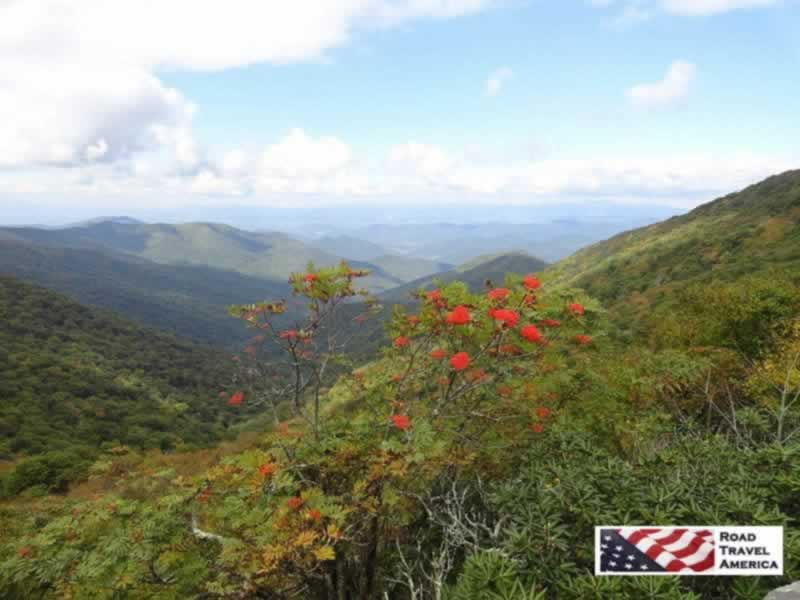 |
| Quiet lake scene in autumn on the Blue Ridge Parkway |
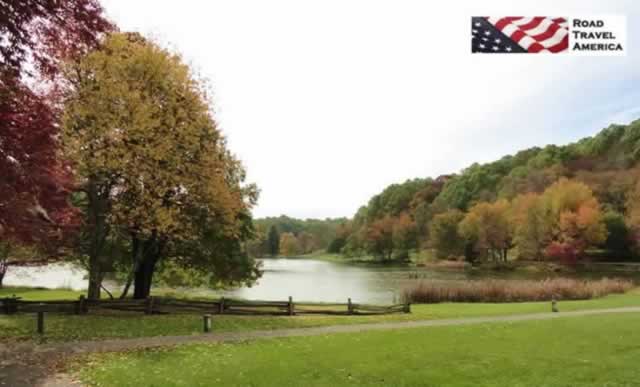 |
Cloud puffs on the mountains along the Parkway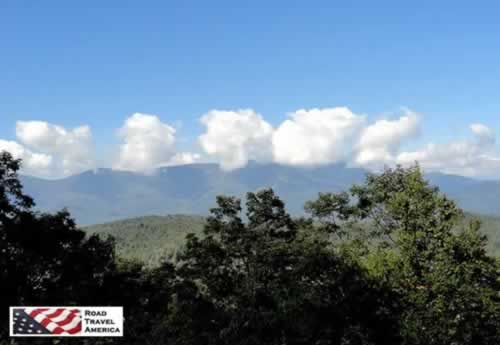 |
Sign about the Linn Cove Viaduct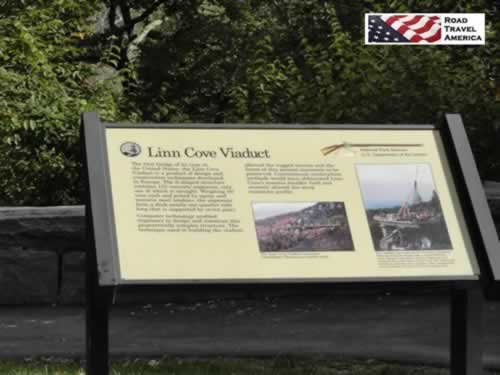 |
Linn Cove Viaduct seen from a distance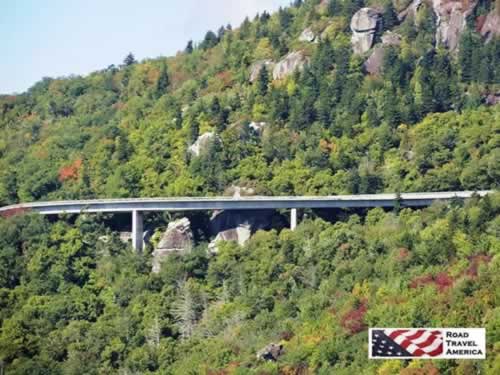 |
| Making the turn while driving on the famous Linn Cove Viaduct |
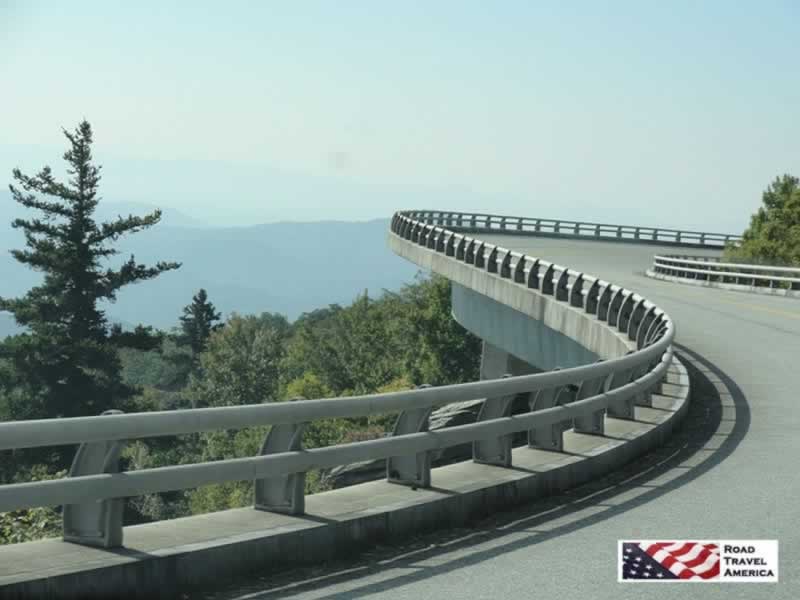 |
Beautiful reflecting lake on the Parkway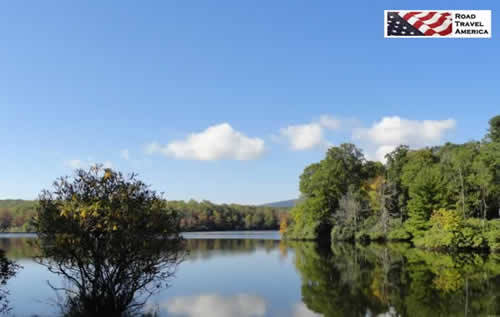 |
| The Appalachian Trail along the Blue Ridge Parkway |
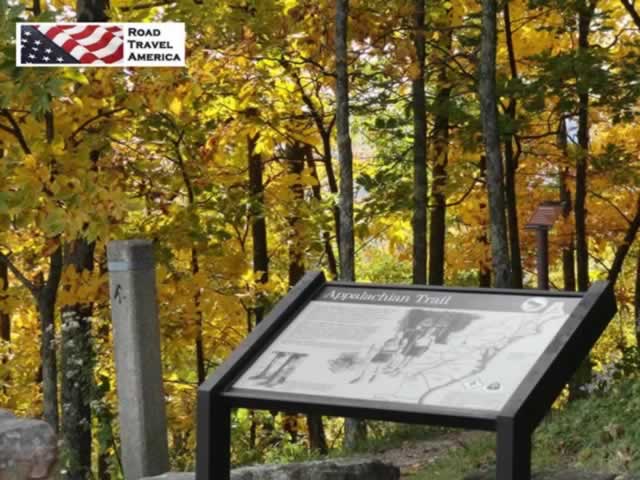 |
| Peaceful, slow times on the Blue Ridge Parkway in the fall |
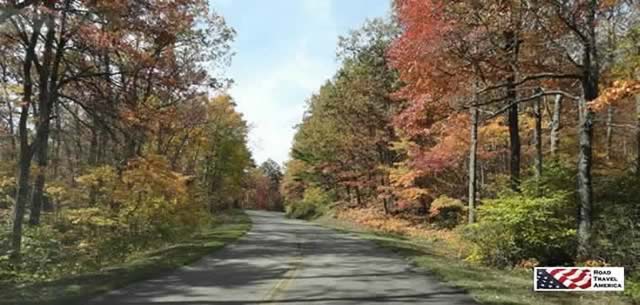 |
Map of the Blue Ridge Parkway
| Map of the Blue Ridge Parkway (Courtesy of the National Park Service) |
 |
More Information about the Blue Ridge Parkway
|
